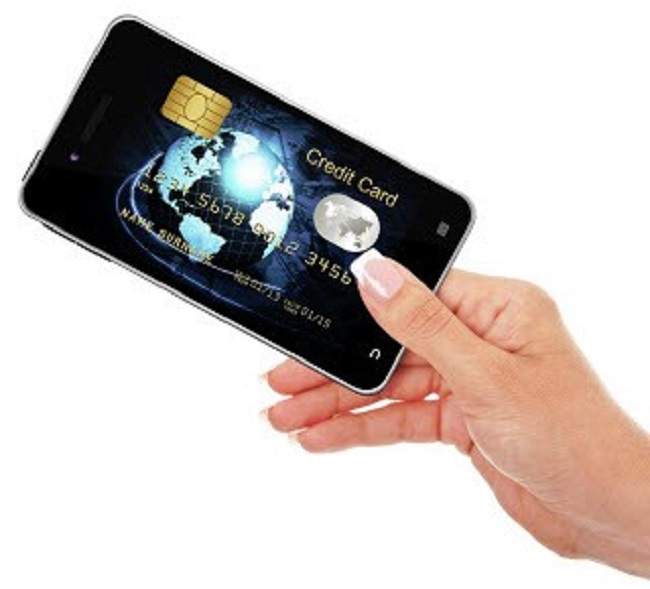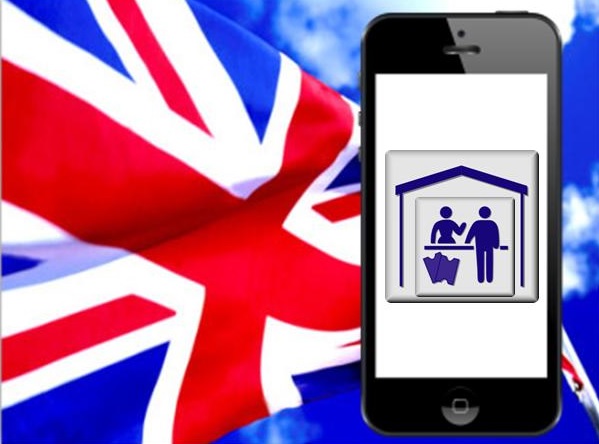Cayan data revealed that Americans didn’t turn to their smartphones to complete transactions very much.
Transaction processing firm Cayan showed that in store mobile payments in the United States were low on Black Friday. Fortune Magazine reported on the data and indicated that even though mobile wallet use is rising, it is still tiny. That payment method represents only a very small percentage of the overall total.
In fact, the mobile wallet use in store on Black Friday made up only 0.6 percent of sales.
The Cayan in store mobile payments data suggests a 100 percent year over year usage increase. However, it still shows that the percentage it represents of the total is only just a fragment above being entirely insignificant. The only reason that percentage meant anything at all was because the total sales on all payment methods on Black Friday was such a large figure.
 Despite that fact, this makes it very clear that mobile payment adoption remains an exceptionally slow process. It is far from being mainstream as of yet.
Despite that fact, this makes it very clear that mobile payment adoption remains an exceptionally slow process. It is far from being mainstream as of yet.
Other data has shown that some in store mobile payment methods are more successful than other.
PYMNTS and InfoScout data showed that the use of the Apple Pay mobile wallet is actually declining in popularity. Their data revealed that over the last year, the growth rate for usage has slowed down.
Data from October 2016 showed that only 23 percent of consumers with an appropriate iPhone had actually tried the mobile wallet. That was essentially the same statistic that was recorded back in March 2016.
Moreover, mobile wallet use while in-store has not been doing much better. It has not been keeping up with the rate of growth of m-commerce as a whole. Still, even though there is a low conversion rate, PayPal recorded some strong figures over the holiday weekend that launched the shopping season. About 1 in 3 online purchases using PayPal were made over mobile.
Similarly, Adobe recorded that 45 percent of traffic to retail sites came from smartphones and 25 percent of e-commerce sales were from mobile devices. This suggests that customers are using their smartphones, they simply aren’t using in store mobile payments quite yet.
Denny |
November 22, 2016
Americans appear to be more hesitant to use their smartphones to make shopping purchases.
The most recent data from tech firm Ve Interactive has shown that mobile commerce adoption is greater in the U.K. than in the U.S. When it comes to online shopping, British shoppers seem to look to their devices more to make their purchase than Americans.
The m-commerce trends data was the result of a data analysis from more than 4,000 online companies.
The data showed that mobile commerce adoption has been greater in the United Kingdom to the point that it has surpassed desktop. U.K. shoppers now prefer to buy products and services using their smartphones than on their laptops and desktops. Mobile purchases now make up 58.7 percent of purchases in the United Kingdom. Comparatively, 54.6 percent of Americans are still using their desktops or laptops to buy. In the United States, mobile devices haven’t quite made it into the top spot yet.
This has gone against many mobile commerce adoption predictions made in the United States.
 Predictions about the takeover of mobile shopping in the U.S. have been made for some time. That said, the reality has been much slower to develop. While growth has been quite strong, the data from Ve Interactive has shown that U.K. m-commerce has been maturing much more quickly than it has in the U.S.
Predictions about the takeover of mobile shopping in the U.S. have been made for some time. That said, the reality has been much slower to develop. While growth has been quite strong, the data from Ve Interactive has shown that U.K. m-commerce has been maturing much more quickly than it has in the U.S.
There have been a number of theories to explain why the trend is notably stronger in one market than the other. Among them, one of the top considerations has been the simple fact that a larger percentage of the British population has smartphones than the American population. At the same time, the percentage of people in the U.K. who have laptops and desktops is falling at a faster rate.
Equally, smartphone adoption was faster earlier in the U.K. than in the U.S. This means that among the people who do have smartphones, the British have had a longer period of time in which to become accustomed to using their devices for a spectrum of daily activities.
That said, the official start to the holiday shopping season in the United States is nearly here. Many industry analysts expect that this time will be defining for mobile commerce adoption. It could soon be that the trends will see a significant shift in the U.S. as consumers begin purchasing in greater amounts.
 Despite that fact, this makes it very clear that mobile payment adoption remains an exceptionally slow process. It is far from being mainstream as of yet.
Despite that fact, this makes it very clear that mobile payment adoption remains an exceptionally slow process. It is far from being mainstream as of yet.
 Predictions about the takeover of mobile shopping in the U.S. have been made for some time. That said, the reality has been much slower to develop. While growth has been quite strong, the data from Ve Interactive has shown that U.K. m-commerce has been maturing much more quickly than it has in the U.S.
Predictions about the takeover of mobile shopping in the U.S. have been made for some time. That said, the reality has been much slower to develop. While growth has been quite strong, the data from Ve Interactive has shown that U.K. m-commerce has been maturing much more quickly than it has in the U.S.